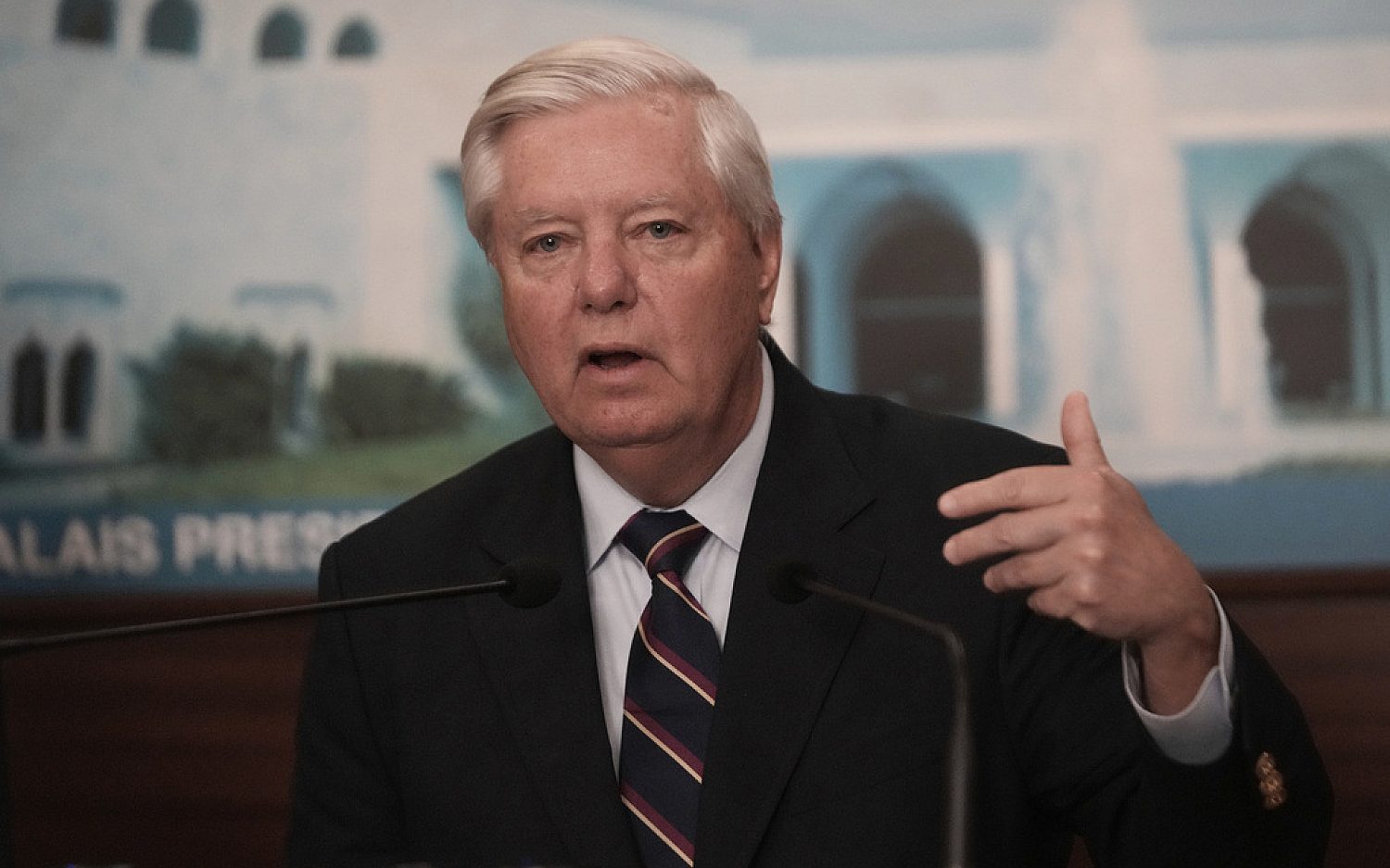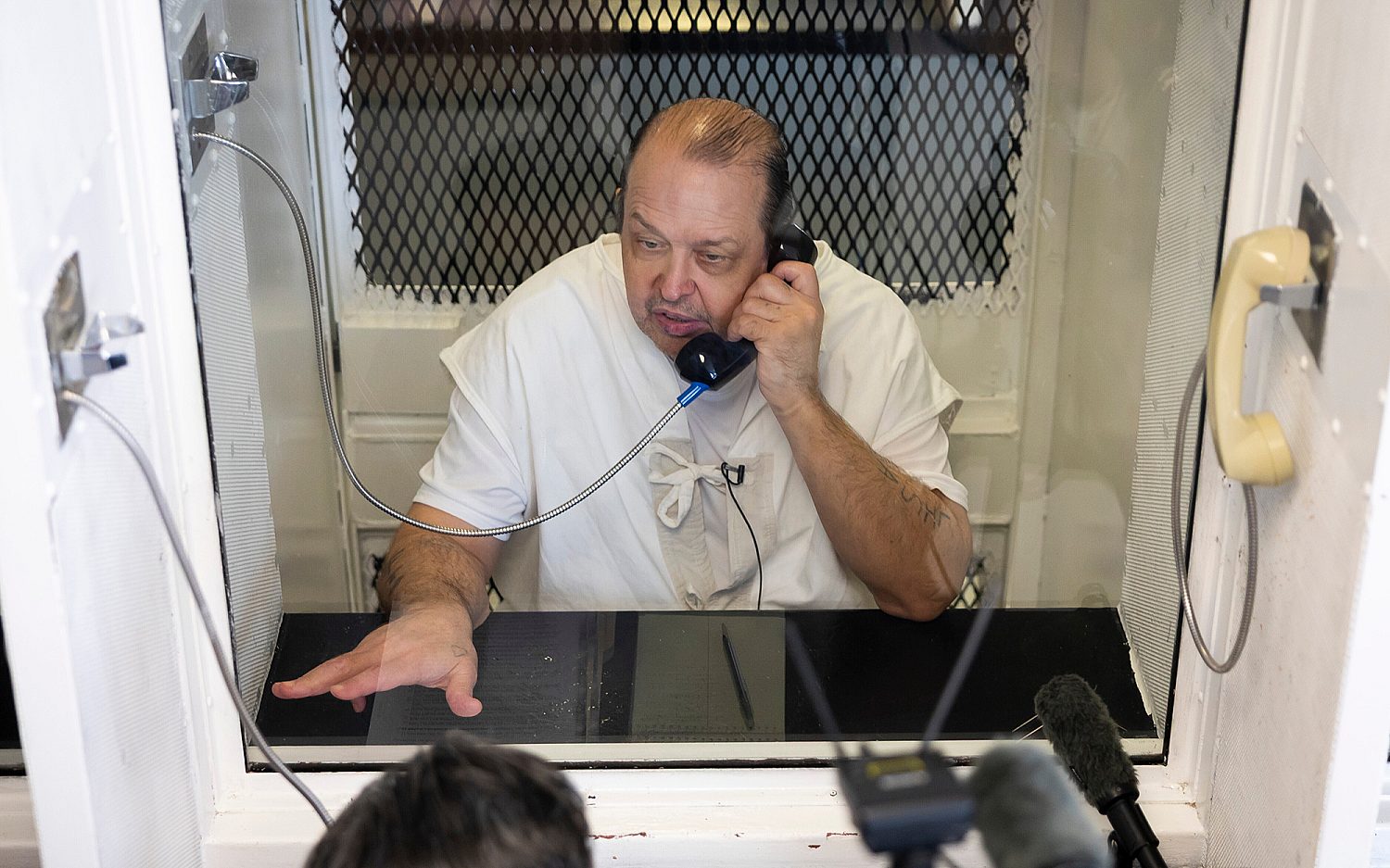Year-long space flight is a precursor to Mars missions
In just over two months, an American astronaut and a Russian cosmonaut will rocket to the International Space Station on a year-long mission to help scientists learn more about the long-term effects of space travel on the human body.
Scott Kelly and Mikhail Kornienko, both space veterans in their 50s, will launch into orbit March 27 from the Baikonur Cosmodrome in Kazakhstan and will remain in space until the following March. Scientists from NASA and its partners—Russia, Europe, Japan, and Canada—hope these two will be the first of as many as 12 one-year test subjects at the space station.
Most orbital missions only last six months. And before committing to further one-year missions, NASA wants to study the data from Kelly and Kornienko.
“What we don’t know right now is what that six- to 12-month period looks like,” said Julie Robinson, NASA’s space station program scientist. “We’re talking about it scientifically, but we’re not really having deep discussions about it until we have the first information from the first two. If we see something dramatic, that’s going to change how everybody looks at having additional one-year missions.”
Spaceflights lasting a year and longer will be necessary if humans are to travel to Mars and back, and the data collected on Kelly and Kornienko during their year in space will help scientists understand the physical and psychological effects of long-term interstellar travel.
Kelly’s data will be particularly interesting to scientists. A series of experiments will monitor the way his eyes, bones, blood, urine, and other parts of his body change over the course of the year. The measurements will be compared with those from his identical twin brother, Mark, a retired astronaut.
When Scott Kelly completes his mission in March 2016, he will hold the record for the longest amount of time an American has spent in space. But back in the 1980s and early 1990s, several Russian cosmonauts spent at least a year in orbit on the space station Mir. Vladimir Titov and Musa Manarov both spent 365 days on Mir, starting in 1987, and Valery Polyakov holds the all-time record for his 437 days aboard Mir, starting in 1994.
Data from Polyakov’s flight led researchers to conclude humans are able to maintain a healthy mental state during a long-duration spaceflight. But scientists monitored the cosmonauts’ health during the Mir missions only at a very basic level. Scientists believe with improvements in medicine and technology, they will learn much more this time around.
Kelly believes his one-year voyage is an important step toward eventual flights to Mars.
“If we understand our physiology better as a result of this mission, then Mars flight in the next decade, or the decade after, is something that we can definitely accomplish if we put our minds to it,” he told Houston television station KPRC‑TV.
The Associated Press contributed to this report.
An actual newsletter worth subscribing to instead of just a collection of links. —Adam
Sign up to receive The Sift email newsletter each weekday morning for the latest headlines from WORLD’s breaking news team.




Please wait while we load the latest comments...
Comments
Please register, subscribe, or log in to comment on this article.